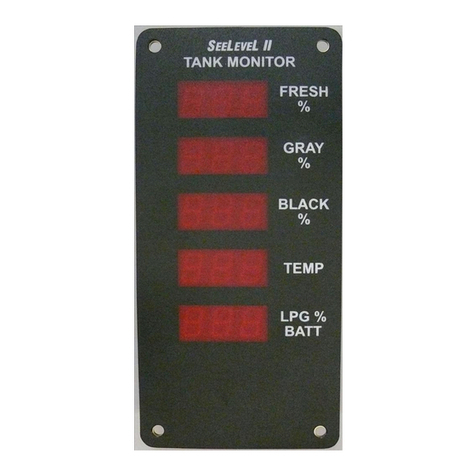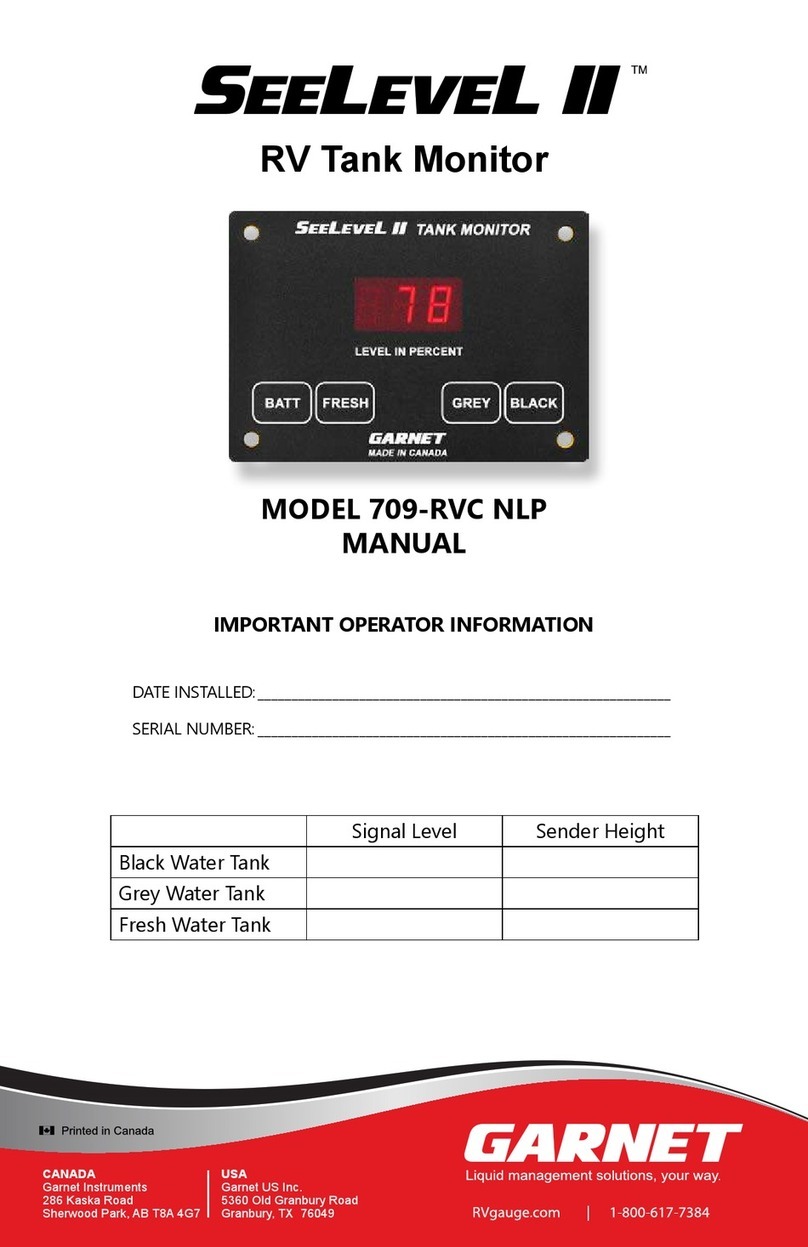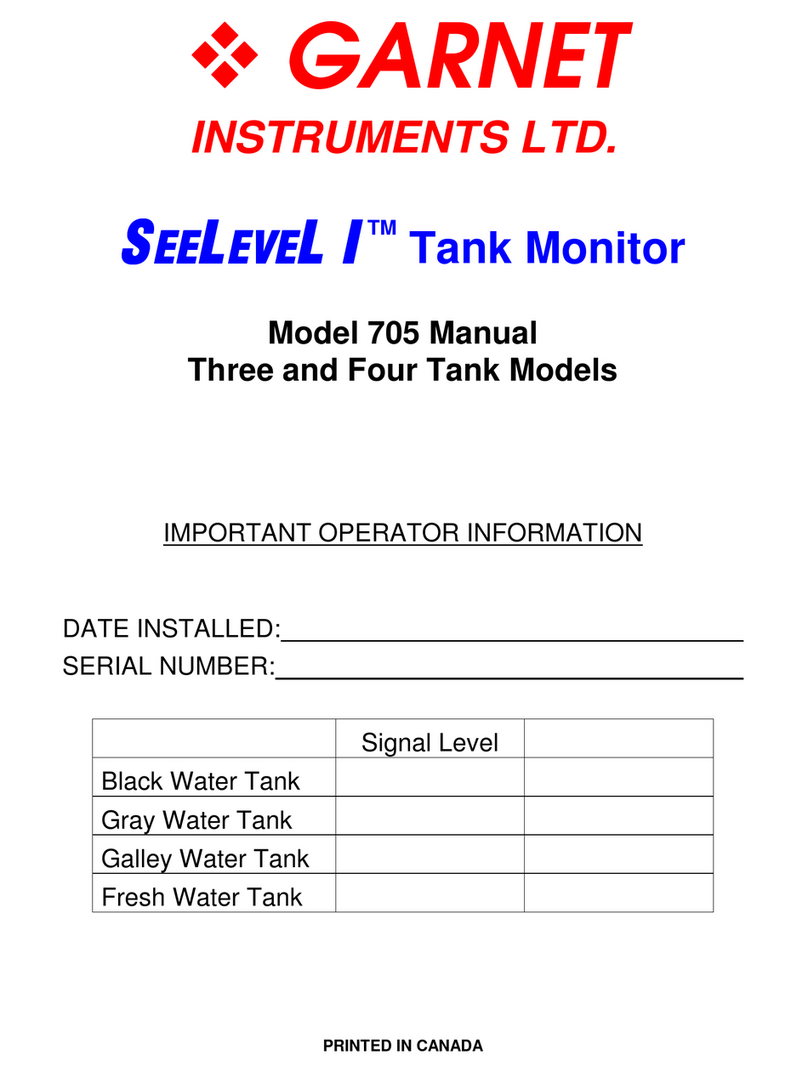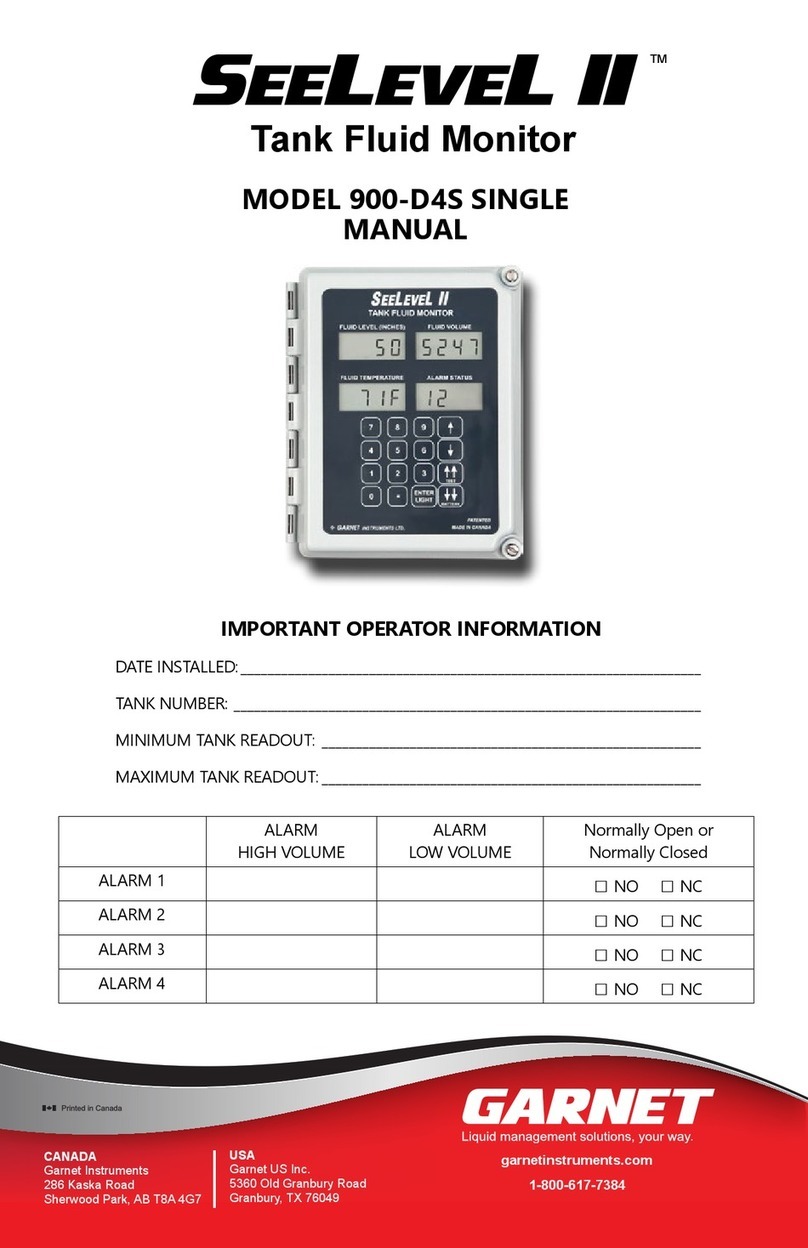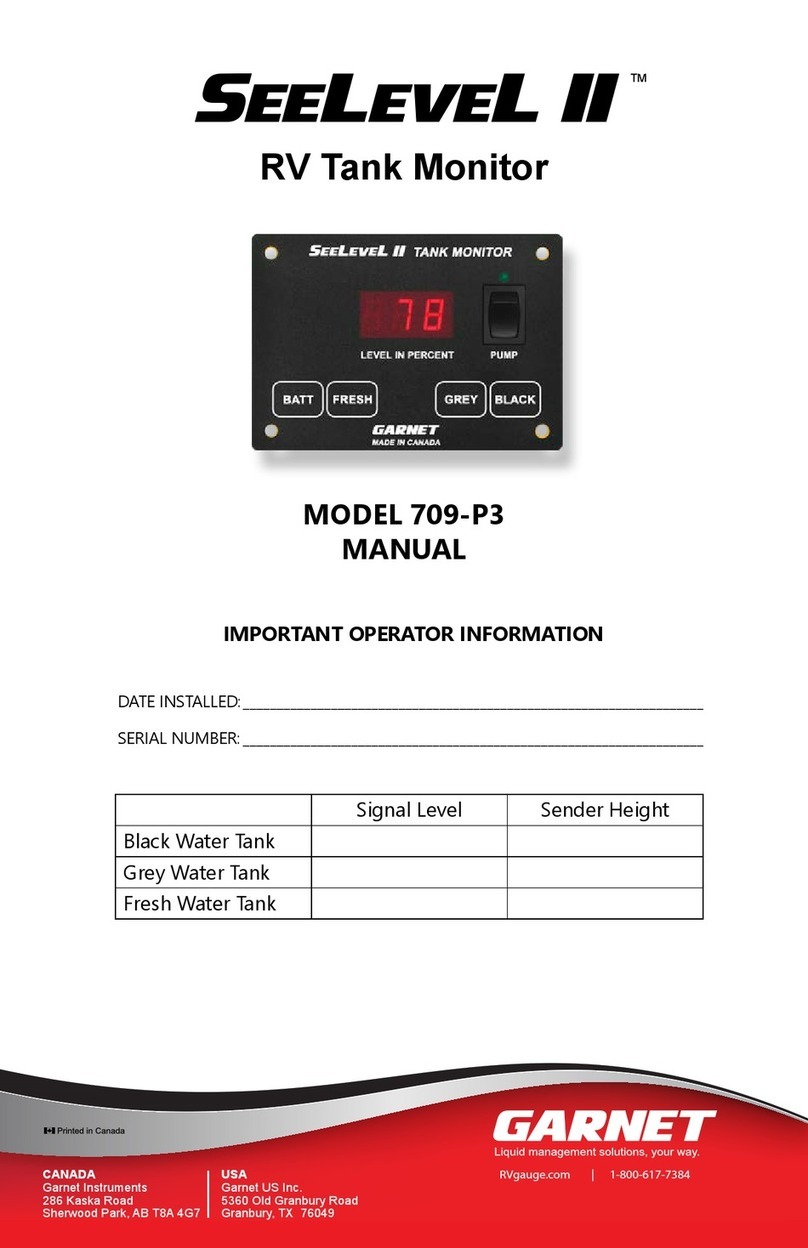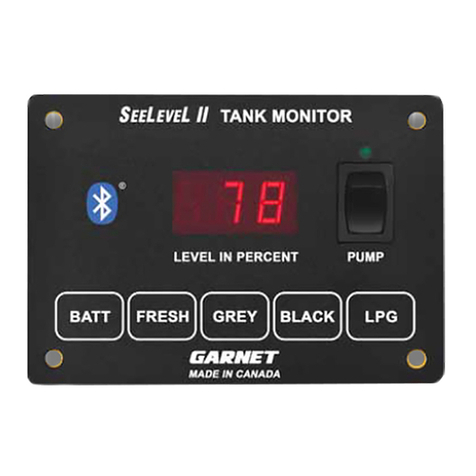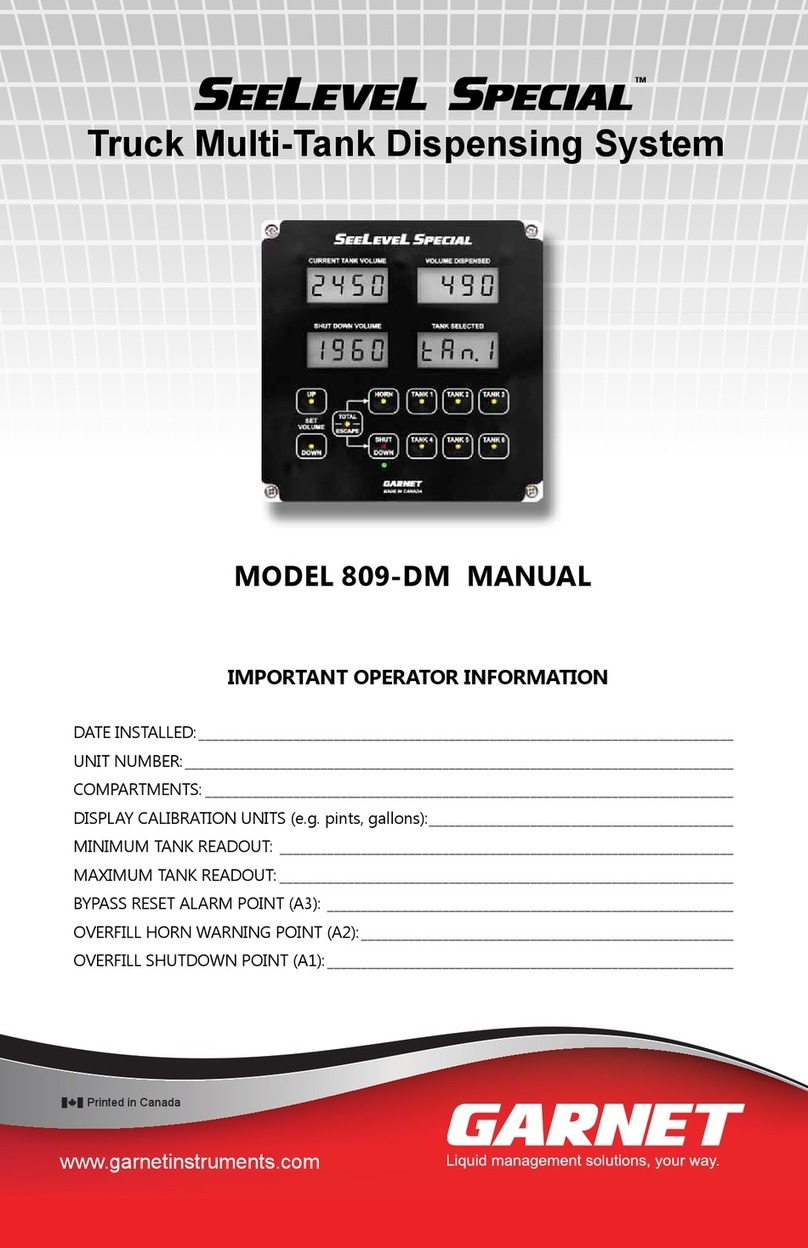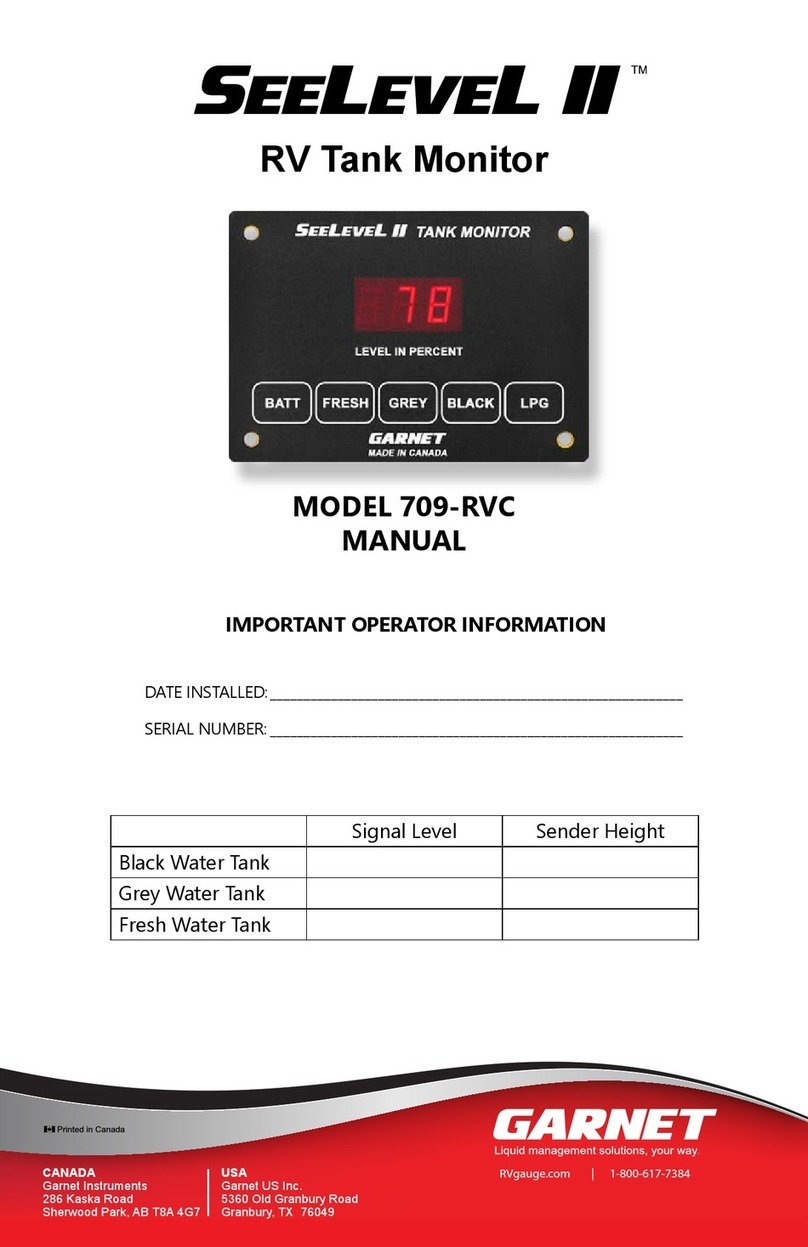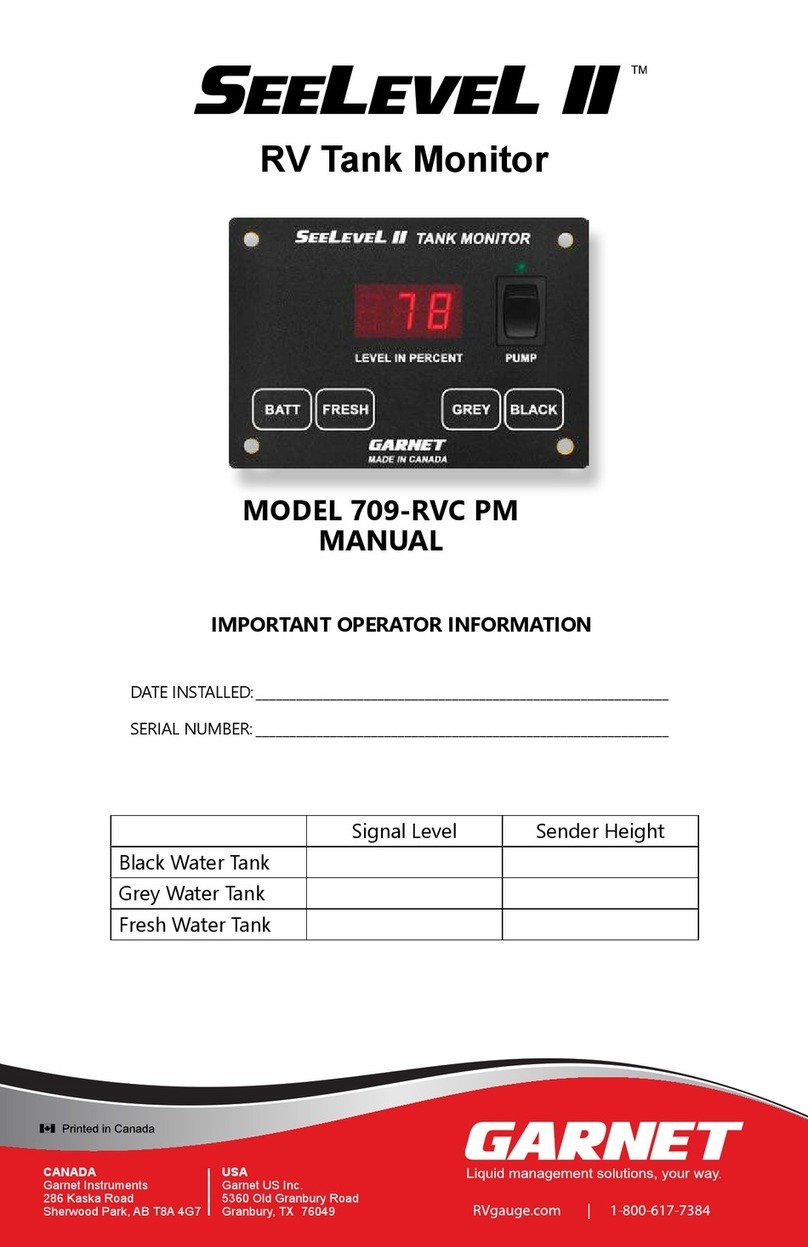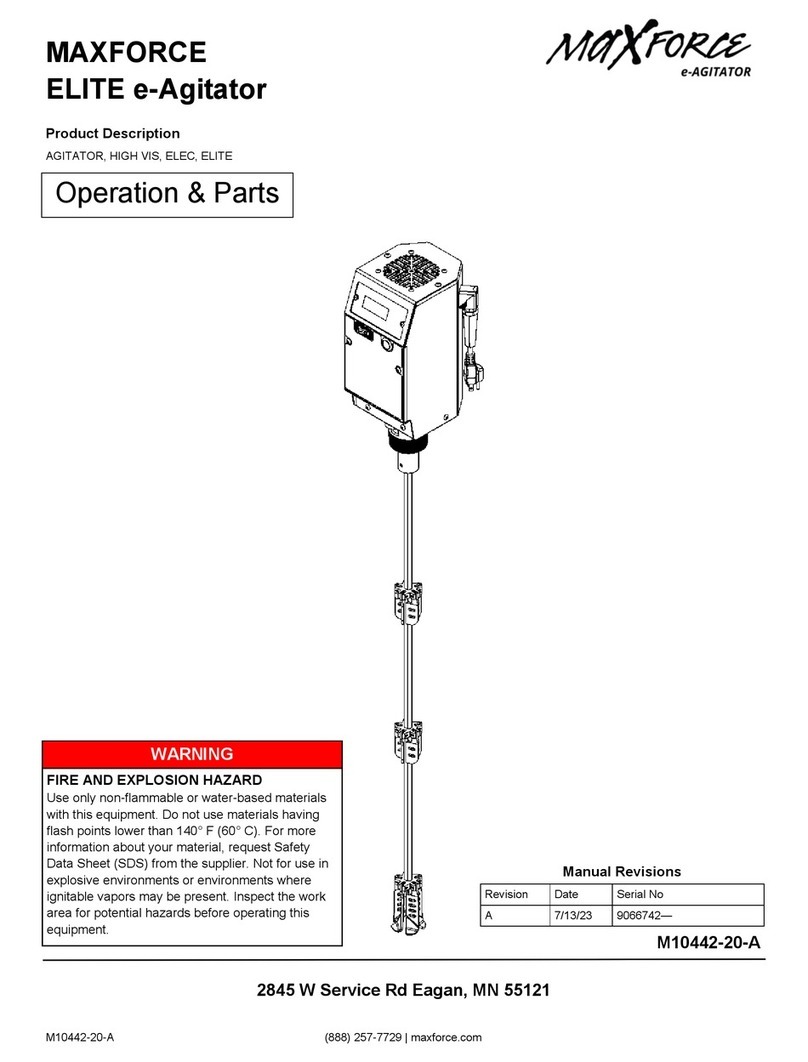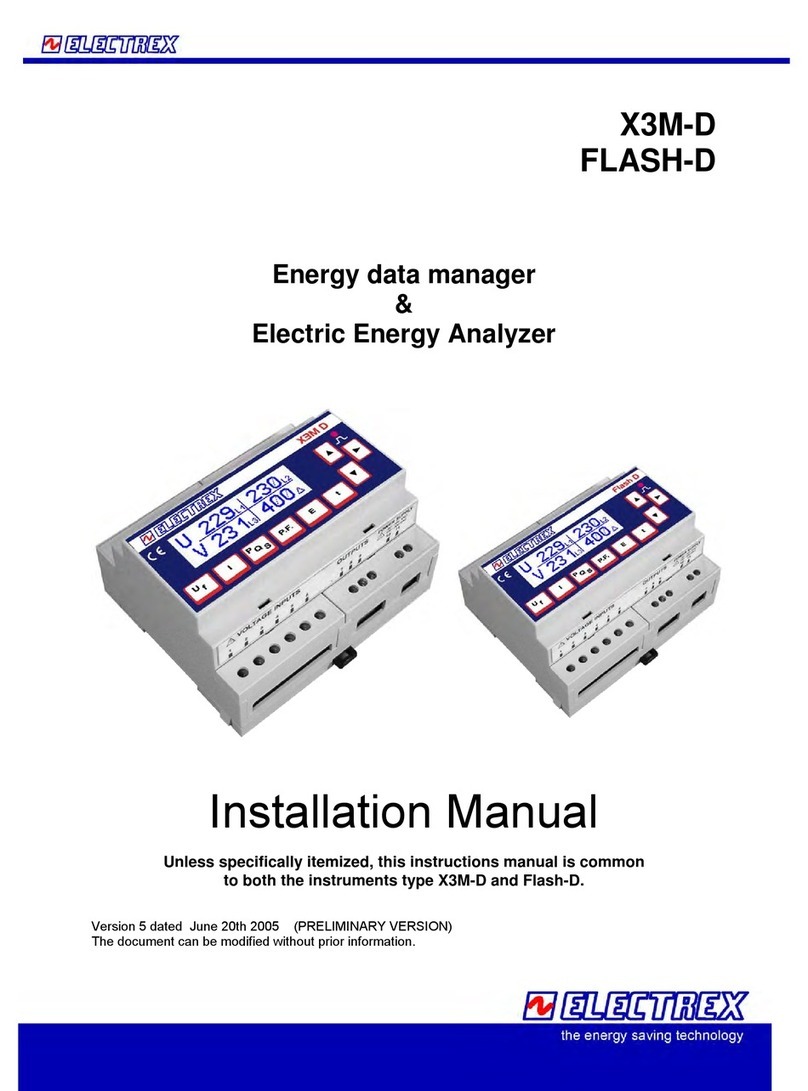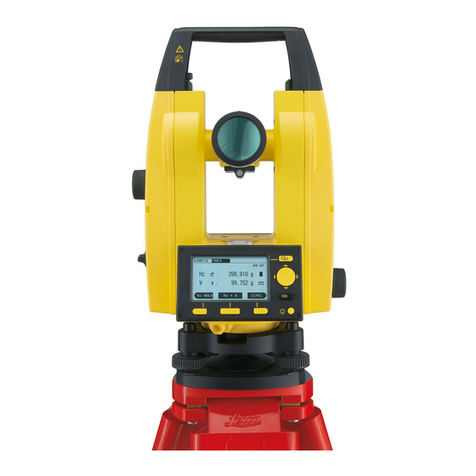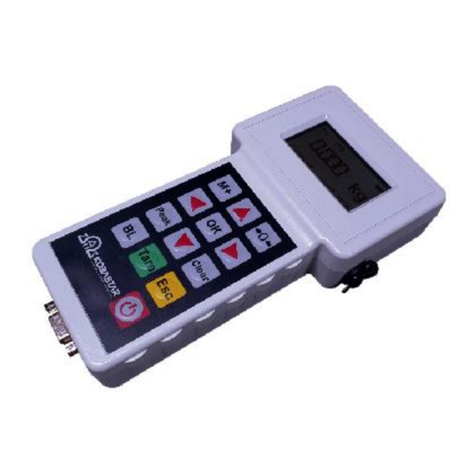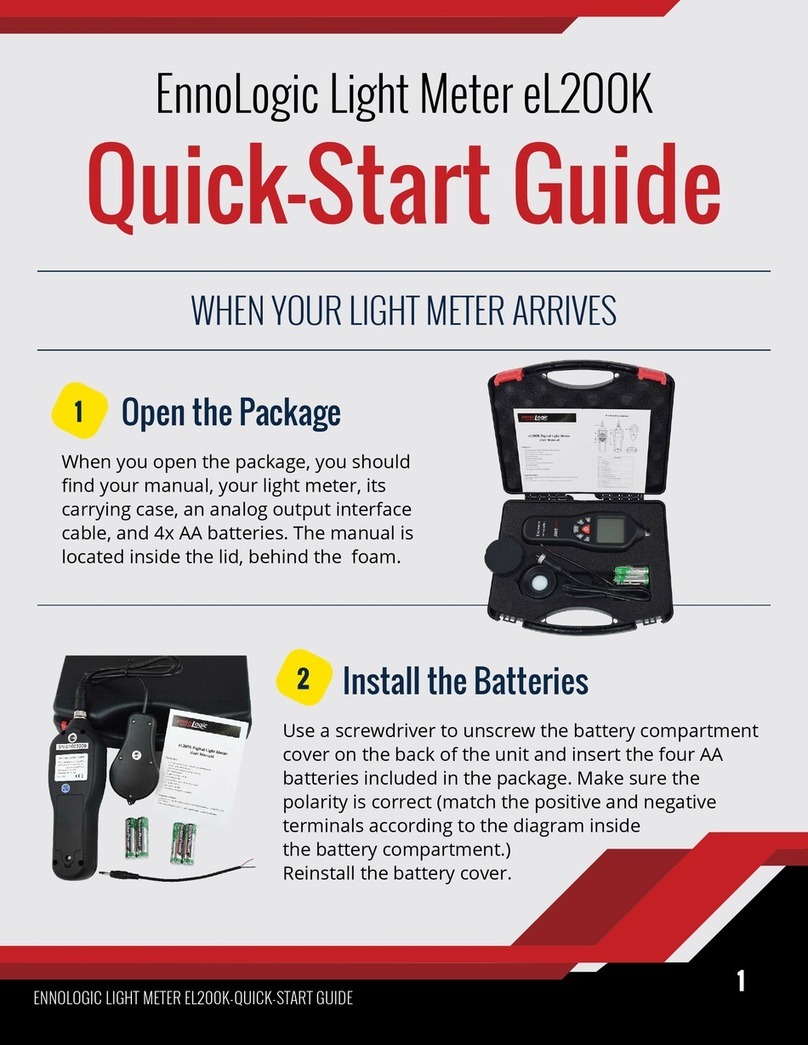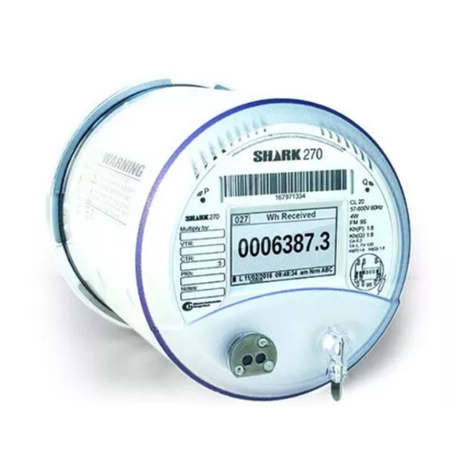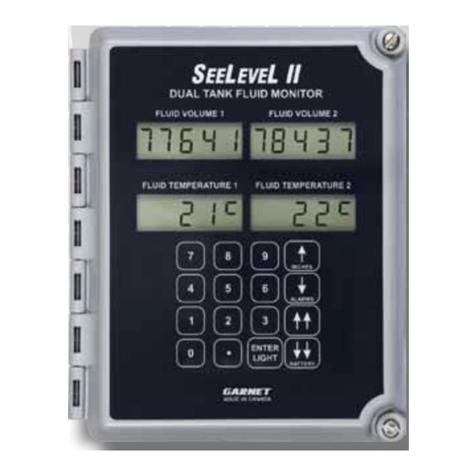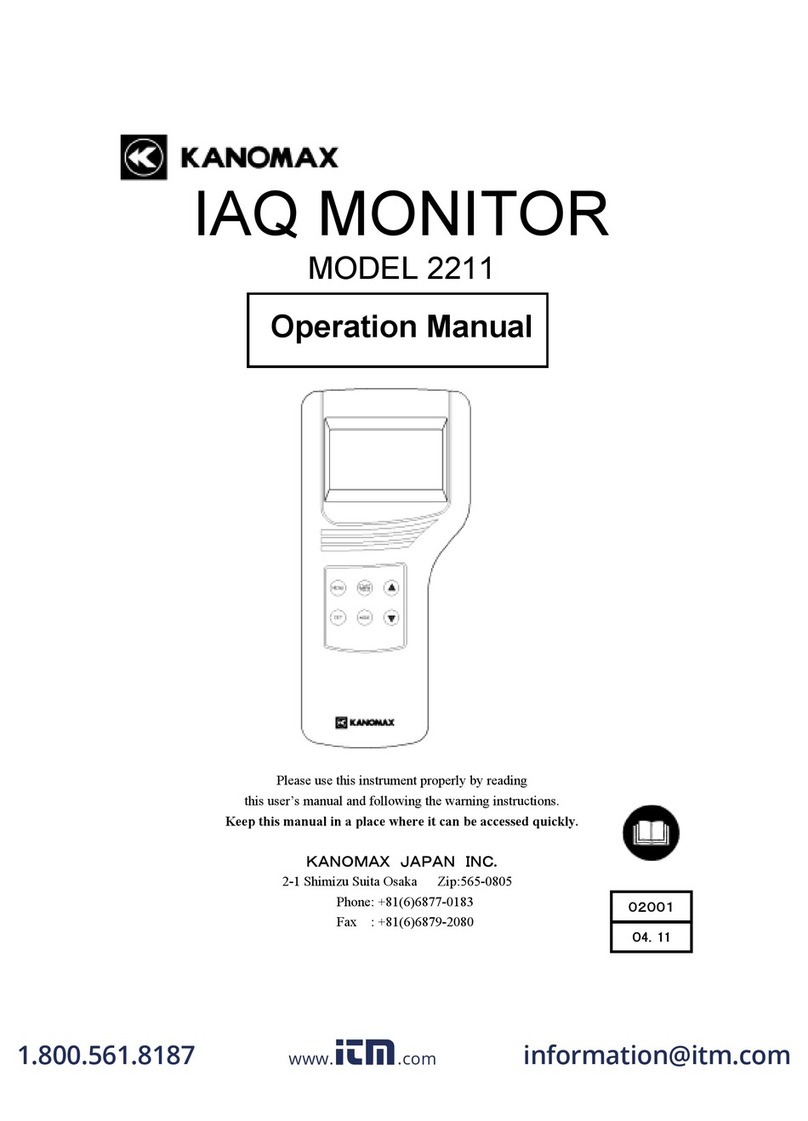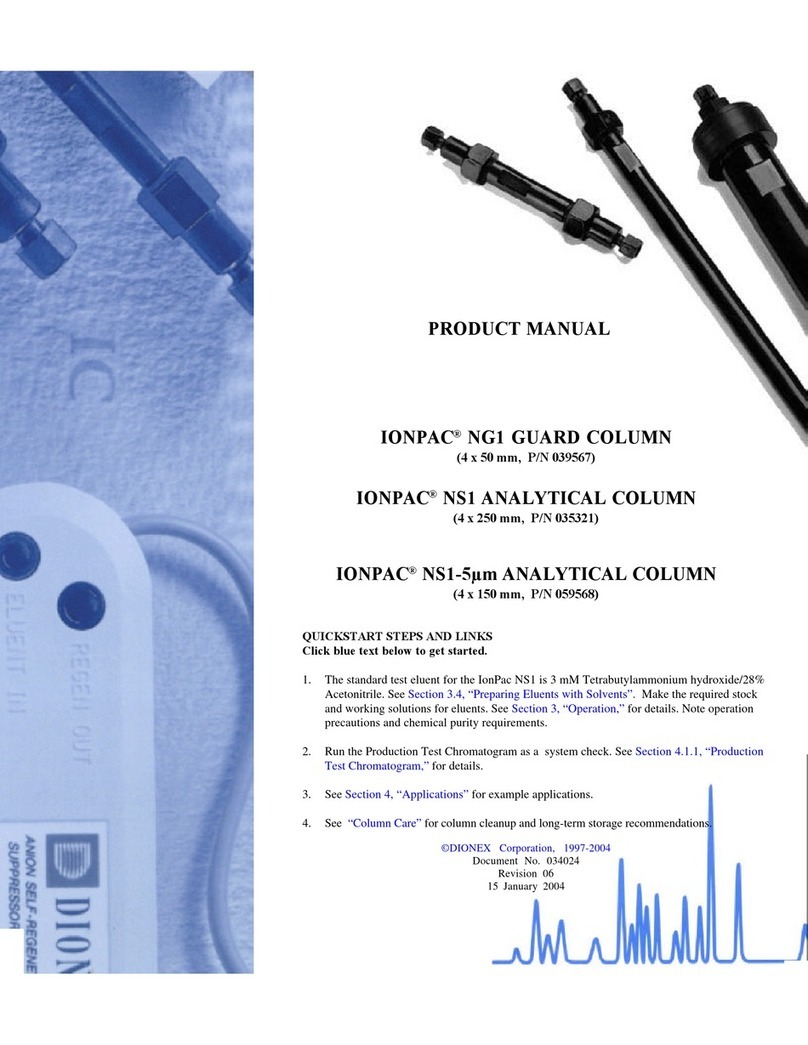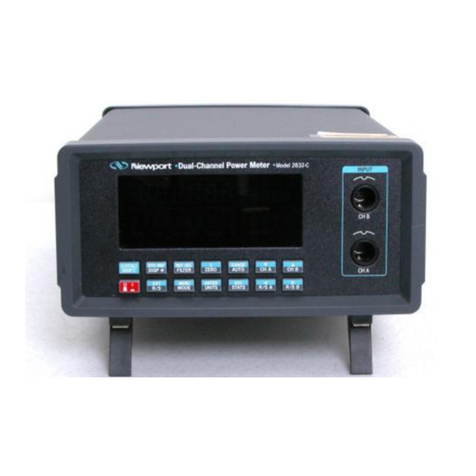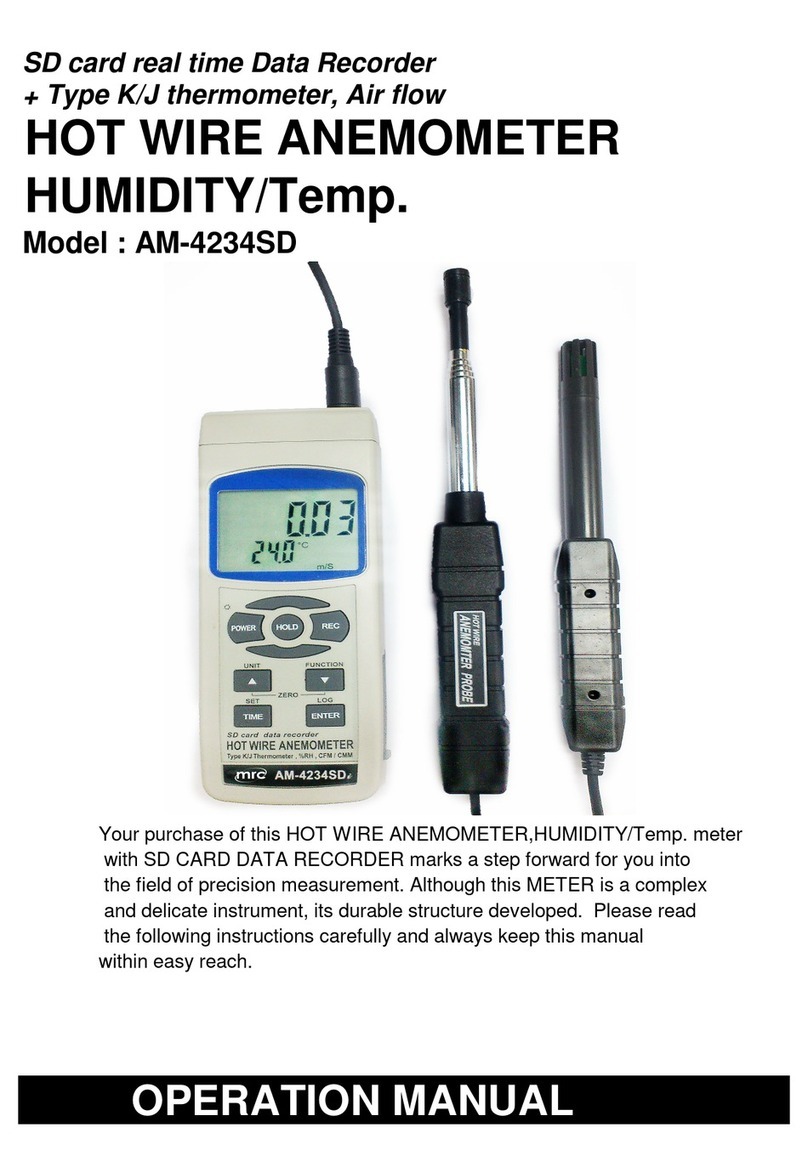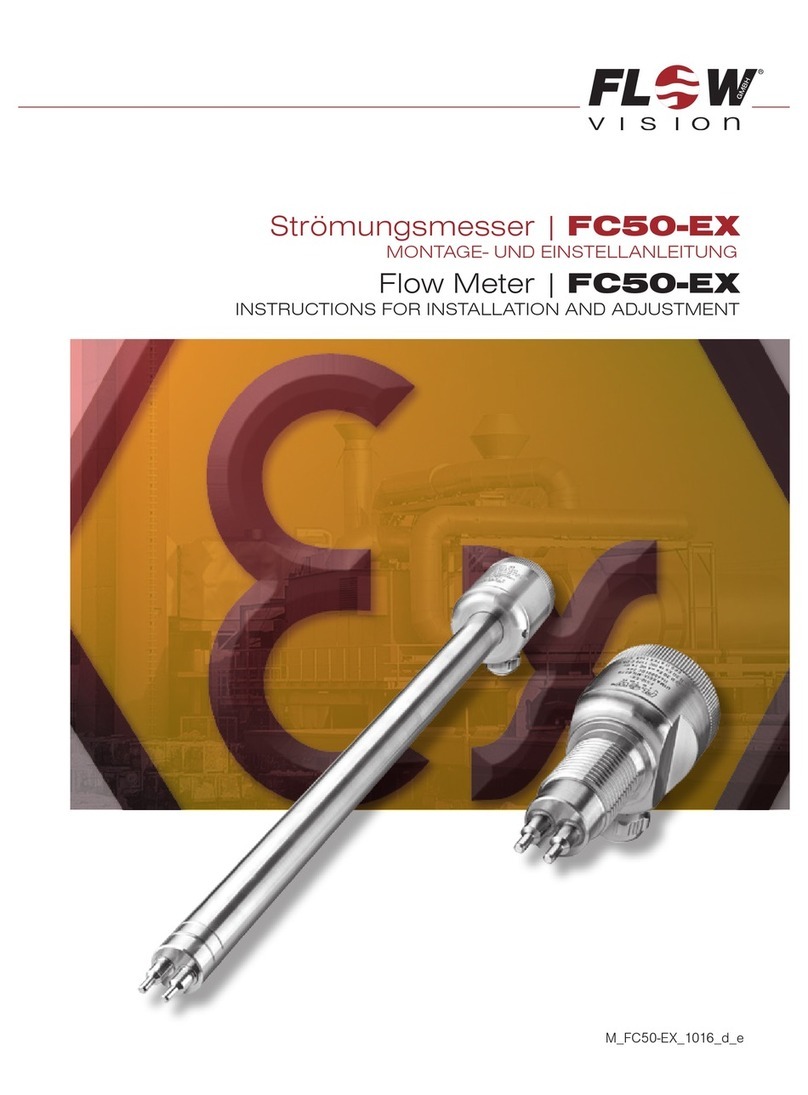
Page 12 808-P2 Manual
LIQUIDS, SOLUTIONS & SUSPENSIONS
Loctite product numbers in red are worldwide or application-specic products
(This is a list of chemical stability only. It does not constitute approval for use in the processing of food, drugs, cosmetics, pharmaceuticals, and
ingestible chemicals.) Loctite
®sealants are not recommended for use in pure oxygen or chlorine environments or in conjunction with strong
oxidizing agents, an explosive reaction can result.
Abrasive Coolant.......................
Acetaldehyde ...........................
Acetate Solvents ......................
Acetimide .................................
Acetic Acid................................
Acetic Acid................................
Acetic Acid - glacial ..................
Acetic Anhydride ......................
Acetone ....................................
Acetyl Chloride .........................
Acetylene (Liquid Phase) ..........
Acid Clay...................................
Acrylic Acid ..............................
Acrylonitrile .............................
Activated Alumina ....................
Activated Carbon .....................
Activated Silica ........................
Alcohol-Allyl ............................
Alcohol-Amyl ...........................
Alcohol-Benzyl .........................
Alcohol-Butyl ...........................
Alcohol-Ethyl ...........................
Alcohol-Furfuryl .......................
Alcohol-Hexyl ..........................
Alcohol-lsopropyl ....................
Alcohol-Methyl ........................
Alcohol-Propyl .........................
Alum-Ammonium ....................
Alum-Chrome ..........................
Alum-Potassium ......................
Alum-Sodium ..........................
Alumina ...................................
Aluminum Acetate ...................
Aluminum Bicarbonate .............
Aluminum Biuoride.................
Aluminum Chloride...................
Aluminum Sulfate ....................
Ammonia Anhydrous................
Ammonia Solutions ..................
Ammonium Bisulte .................
Ammonium Borate....................
Ammonium Bromide ................
Ammonium Carbonate..............
Ammonium Chloride.................
Ammonium Chromate ..............
Ammonium Fluoride .................
Ammonium Fluorosilicate ........
Ammonium Formate.................
Ammonium Hydroxide..............
Ammonium Hyposulte............
Ammonium Iodide....................
Ammonium Molybdate .............
Ammonium Nitrate ...................
Ammonium Oxalate ..................
Ammonium Persulfate..............
Ammonium Phosphate .............
Ammonium Picrate...................
Ammonium Sulfate...................
Ammonium Sulfate Scrubber ...
Ammonium Sulde...................
Ammonium Thiocyanate...........
Amyl Acetate ............................
Amyl Amine .............................
Amyl Chloride ..........................
Aniline ......................................
Aniline Dyes .............................
Anodizing Bath .........................
Antichlor Solution ....................
Antimony Acid Salts ................
Antimony Oxide .......................
Antioxidant Gasoline ................
Aqua Regia ...............................
Argon........................................
Armeen §..................................
Arochlor § ................................
Aromatic Gasoline ....................
Aromatic Solvents ...................
Arsenic Acid .............................
Asbestos Slurry .......................
Ash Slurry ................................
Asphalt Emulsions ...................
Asphalt Molten..........................
LEGEND:
All Loctite
®
Anaerobic Sealants are
Compatible Including #242
®
,243,
542,545,565, 567, 569, 571, 572,
577, 580, 592
†
Use Loctite
®
#270, 271™, 277,554
Not Recommended
<10% (same as )
>10% (same as
†
)
*
<5% (same as )
>5% (same as †)
Use Loctite
®
#242
®
,243, 290, 565
FLUID COMPATIBILITY CHART
for metal threaded ttings sealed with Loctite
®
Sealants
Bagasse Fibers..........................
Barium Acetate ........................
Barium Carbonate.....................
Barium Chloride........................
Barium Hydroxide.....................
Barium Sulfate..........................
Battery Acid ..............................
Battery Diuser Juice ...............
Bauxite (See Alumina) .............
Bentonite .................................
Benzaldehyde ...........................
Benzene ...................................
Benzene Hexachloride ..............
Benzene in Hydrochloric Acid ..
Benzoic Acid ............................
Benzotriazole ...........................
Beryllium Sulfate .....................
Bicarbonate Liquor ..................
Bilge Lines ...............................
Bleach Liquor ...........................
Bleached Pulps ........................
Borax § Liquors .......................
Boric Acid ................................
Brake Fluids .............................
Brine Chlorinated .....................
Brine Cold ................................
Bromine Solution...................... †
Butadiene..................................
Butyl Acetate ............................
Butyl Alcohol ...........................
Butyl Amine .............................
Butyl Cellosolve § ....................
Butyl Chloride ..........................
Butyl Ether - Dry ......................
Butyl Lactate ............................
Butyral Resin ...........................
Butyraldehyde ..........................
Butyric Acid ..............................
Cadmium Chloride....................
Cadmium Plating Bath .............
Cadmium Sulfate ......................
Calcium Acetate .......................
Calcium Bisulfate .....................
Calcium Carbonate ...................
Calcium Chlorate .....................
Calcium Chloride ......................
Calcium Chloride Brine .............
Calcium Citrate ........................
Calcium Ferrocyanide ...............
Calcium Formate ......................
Calcium Hydroxide....................
Calcium Lactate .......................
Calcium Nitrate ........................
Calcium Phosphate...................
Calcium Silicate .......................
Calcium Sulfamate....................
Calcium Sulfate ........................
Calcium Sulte .........................
Camphor ..................................
Carbitol ....................................
Carbolic Acid (phenol) ..............
Carbon Bisulde .......................
Carbon Black ...........................
Carbon Tetrachloride ...............
Carbonic Acid ...........................
Carbowax §...............................
Carboxymethyl Cellulose .........
Carnauba Wax .........................
Casein ......................................
Casein Water Paint ..................
Celite.........................................
Cellosolve § .............................
Cellulose Pulp ..........................
Cellulose Xanthate ....................
Cement Dry/Air Blown ..............
Cement Grout ..........................
Cement Slurry ..........................
Ceramic Enamel .......................
Ceric Oxide ..............................
Chalk ........................................
Chemical Pulp ..........................
Chestnut Tanning .....................
China Clay.................................
Chloral Alcoholate ....................
Chloramine ..............................
Chlorinated Hydrocarbons .......
Chlorinated Paperstock ............
Chlorinated Solvents.................
Chlorinated Sulphuric Acids .....
Chlorinated Wax ......................
Chlorine Dioxide .......................
Chlorine Liquid ........................
Chlorine Dry ............................
Chloroacetic Acid......................
Chlorobenzene Dry ...................
Chloroform Dry.........................
Chloroformate Methyl...............
Chlorosulfonic Acid ..................
Chrome Acid Cleaning ..............
Chrome Liquor..........................
Chrome Plating Bath.................
Chromic Acid 10%....................
Chromic Acid 50% (cold) .........
Chromic Acid 50% (hot) ..........
Chromium Acetate ...................
Chromium Chloride ..................
Chromium Sulfate ....................
Classier ..................................
Clay ..........................................
Coal Slurry ...............................
Coal Tar ...................................
Cobalt Chloride ........................
Copper Ammonium Formate.....
Copper Chloride .......................
Copper Cyanide .......................
Copper Liquor ..........................
Copper Naphthenate .................
Copper Plating, Acid Process ...
Copper Plating, Alk. Process ....
Copper Sulfate .........................
Core Oil ....................................
Corundum ................................
Creosote ..................................
Creosote-Cresylic Acid..............
Cyanide Solution ......................
Cyanuric Chloride ....................
Cyclohexane ............................
Cylinder Oils .............................
De-Ionized Water ......................
De-Ionized Water Low
Conductivity............................
Detergents ...............................
Developer, photographic ...........
Dextrin .....................................
Diacetone Alcohol ....................
Diammonium Phosphate ..........
Diamylamine ............................
Diatomaceaus Earth Slurry ......
Diazo Acetate ...........................
Dibutyl Phthalate .....................
Dichlorophenol ........................
Dichloro Ethyl Ether..................
Dicyandamide ..........................
Dielectric Fluid .........................
Diester Lubricants ...................
Diethyl Ether Dry .....................
Diethyl Sulfate .........................
Diethylamine ............................
Diethylene Glycol .....................
Diglycolic Acid .........................
Dimethyl Formamide ................
Dimethyl Sulfoxide....................
Dioxane Dry ............................
Dioxidene .................................
Dipentene - Pinene ...................
Diphenyl ..................................
Distilled Water (Industrial)........
Dowtherm § .............................
Drying Oil ................................
Dust-Flue (Dry) ........................
Dye Liquors ..............................
Emery - Slurry .........................
Emulsied Oils .........................
Enamel Frit Slip.........................
Esters General .........................
Ethyl Acetate ............................
Ethyl Alcohol ............................
Ethyl Amine .............................
Ethyl Bromide ..........................
Ethyl Cellosolve § ....................
Ethyl Cellosolve Slurry §...........
Ethyl Formate ...........................
Ethyl Silicate ............................
Ethylene Diamine .....................
Ethylene Dibromide ..................
Ethylene Dichloride...................
Ethylene Glycol ........................
Ethylenediamine Tetramine .......
Fatty Acids ...............................
Fatty Acids Amine ....................
Fatty Alcohol.............................
Ferric-Floc ................................
Ferric Chloride .........................
Ferric Nitrate ............................
Ferric Sulfate ............................
Ferrocence-Oil Sol ...................
Ferrous Chloride ......................
Ferrous Oxalate.........................
Ferrous Sulfate10%..................
Ferrous Sulfate (Sat).................
Fertilizer Sol .............................
Flotation Concentrates..............
Fluoride Salts ...........................
Fluorine, Gaseous or Liquid......
Fluorolube ................................
Fluosilic Acid ...........................
Flux Soldering ..........................
Fly Ash Dry ..............................
Foam Latex Mix .......................
Foamite ....................................
Formaldehyde (cold).................
Formaldehyde (hot) .................. †
Formic Acid (Dil cold)...............
Formic Acid (Dil hot) ................ †
Formic Acid (cold) ....................
Formic Acid (hot)...................... †
Freon § ..................................... †
Fuel Oil......................................
Fuming Nitric Red.....................
Fuming Sulfuric .......................
Fuming Oleum .........................
Furfural.....................................
Gallic Acid ................................ *
Gallium Sulfate .........................
Gasoline-Acid Wash .................
Gasoline-Alk. Wash ..................
Gasoline Aviation .....................
Gasoline Copper Chloride .........
Gasoline Ethyl ..........................
Gasoline Motor ........................
Gasoline Sour ..........................
Gasoline White .........................
Gluconic Acid ...........................
Glue-Animal Gelatin .................
Glue-Plywood ..........................
Glutamic Acid ..........................
Glycerine Lye-Brine...................
Glycerol ...................................
Glycine .....................................
Glycine Hydrochloride ..............
Glycol Amine ...........................
Glycolic Acid ............................
Glyoxal......................................
Gold Chloride ...........................
Gold Cyanide ...........................
Granodine ................................
Grape Pomace Graphite............
Grease Lubricating....................
Green Soap ..............................
Grinding Lubricant ...................
Grit Steel ..................................
Gritty Water .............................
Groundwood Stock ..................
GRS Latex ................................
Gum Paste ...............................
Gum Turpentine .......................
Gypsum ....................................
Halane Sol ...............................
Halogen Tin Plating...................
Halowax § ................................
Harvel-Trans 0il .......................
Heptane ...................................
Hexachlorobenzene...................
Hexadiene ................................
Hexamethylene Tetramine.........
Hexane .....................................
Hydrazine .................................
Hydrazine Hydrate ...................
Hydrobromic Acid.....................
Hydrochloric Acid ....................
Hydrocyanic Acid......................
Hydroouric Acid......................
Hydrogen Peroxide (dil)............
Hydrogen Peroxide (con) .........†
Hydroponic Sol ........................
Hydroquinone ..........................
Hydroxyacetic Acid ...................
Hypo ........................................
Hypochlorous Acid ...................
Ink ............................................
Ink in Solvent-Printing..............
Iodine in Alcohol ......................
Iodine-Potassium Iodide ..........
Iodine Solutions........................
Ion Exchange Service ..............
Ion Exclusion Glycol .................
Irish Moss Slurry......................
Iron Ore Taconite .....................
Iron Oxide ................................
Isobutyl Alcohol .......................
Isobutyraldehyde .....................
Isooctane .................................
Isopropyl Alcohol .....................
Isocyanate Resin .....................
Isopropyl Acetate .....................
Isopropyl Ether .........................
Itaconic Acid ............................
Jet Fuels ..................................
Jeweler's Rouge ......................
Jig Table Slurry .........................
Kaolin-China Clay §...................
Kelp Slurry ...............................
Kerosene ..................................
Kerosene Chlorinated................
Ketone .....................................
Lacquer Thinner .......................
Lactic Acid ...............................
Lapping Compound ..................
Latex-Natural ...........................
Latex-Synthetic ........................
Latex Synthetic Raw .................
Laundry Wash Water ................
Laundry Bleach ........................
Laundry Blue ...........................
Laundry Soda ..........................
Lead Arsenate ..........................
Lead Oxide................................
Lead Sulfate .............................
Lignin Extract............................
Lime Slaked .............................
Lime Sulfur Mix .......................
Liquid Ion Exchange .................
Lithium Chloride ......................
LOX (Liquid 02) .......................
Ludox .......................................
Lye............................................
Machine Coating Color .............
Magnesite Slurry .....................
Magnesite.................................
Magnesium Bisulte .................
Magneslum Carbonate..............
Magnesium Chloride.................
Magnesium Hydroxide..............
Magnesium Sulfate...................
Maleic Acid ..............................
Maleic Anhydride .....................
Manganese Chloride .................
Manganese Sulfate ...................
Melamine Resin .......................
Menthol ...................................
Mercaptans ..............................
Mercuric Chloride ....................
Mercuric Nitrate .......................
Mercury ...................................
Mercury Dry ............................
Methane ...................................
Methyl Alcohol .........................
Methyl Acetate .........................
Methyl Bromide .......................
Methyl Carbitol .........................
Methyl Cellosolve §...................
Methyl Chloride .......................
Methyl Ethyl Ketone..................
Methyl Isobutyl Ketone.............
Methyl Lactate .........................
Methyl Orange .........................
Methylamine ............................
Methylene Chloride...................
Mineral Spirits .........................
Mixed Acid, Nitric/Sulfuric........
Monochloracetic Acid ...............
Morpholine ..............................
Mud ..........................................
Nalco Sol. .................................
Naphtha ...................................
Naphthalene .............................
Naval Stores Solvent.................
Nematocide ..............................
Neoprene Emulsion ..................
Neoprene Latex ........................
Nickel Acetate ..........................
Nickel Ammonium Sulfate ........
Nickel Chloride..........................
Nickel Cyanide .........................
Nickel Fluoborate .....................
Nickel Ore Fines .......................
Nickel Plating Bright .................
Nickel Sulfate ...........................
Nicotinic Acid............................
Nitrate Sol.................................
Nitration Acid(s) .......................
Nitric Acid ................................
Nitric Acid10%..........................
Nitric Acid 20%......................... †
Nitric Acid Anhydrous...............
Nitric Acid Fuming ....................
Nitro Aryl Sulfonic Acid ............
Nitrobenezene-Dry ...................
Nitrocellulose ...........................
Nitrofurane ..............................
Nitroguanidine .........................
Nitroparans-Dry ....................
Nitrosyl Chloride ......................
Norite Carbon ...........................
Nuchar......................................
Oakite § Compound ..................
Oil, Creosote ............................
Oil, Emulsied ..........................
Oil, Fuel ....................................
Oil, Lubricating ........................
Oil, Soluble ..............................
Oleic Acid, hot .........................
Oleic Acid, cold ........................
Ore Fines-Flotation....................
Ore Pulp ...................................
Organic Dyes ............................
Oxalic Acid cold ........................
Ozone, wet................................
Paint-Linseed Base ...................
Paint-Water Base .....................
Paint-Remover-Sol. Type .........
Paint-Vehicles...........................
Palmitic Acid ............................
Paper Board Mill Waste ............
Paper Coating Slurry ................
Paper Pulp ...............................
Paper Pulp with Amun..............
Paper Pulp with Dye ................
Paper Pulp, bleached................
Paper Pulp, bleached-washed ..
Paper Pulp Chlorinated.............
Paper Groundwood...................
Paper Rag ................................
Paper Stocks, ne ....................
Paradichlorobenezene...............
Paran Molten ........................
Paran Oil ...............................
Paraformaldehyde ....................
Pectin Solution Acid .................
Pentachlorethane .....................
PentaerythritoI Sol. ..................
Perchlorethylene (Dry)..............
Perchloric Acid .........................
Perchloromethyl Mercaptan .....
Permanganic Acid.....................
Persulfuric Acid .......................
Petroleum Ether .......................
Petroleum Jelly ........................
Phenol Formaldehyde Resins ..
Phenol Sulfonic Acid.................
Phenolic Glue ...........................
Phloroglucinol .........................
Phosphate Ester .......................
Phosphatic Sand ......................
Phosphoric Acid 85% hot ........
Phosphoric Acid 85% cold ......†
Phosphoric Acid 50% hot.........†
Phosphoric Acid 50% cold ......†
Phosphoric Acid 10% cold ......
Phosphoric Acid 10% hot ........†
Phosphorous Molten ................
Phosphotungstic Acid...............
Photographic Sol. ....................
Phthalic Acid.............................
Phytate ....................................
Phytate Salts ............................
Pickling Acid, Sulfuric...............
Picric Acid Solutions.................
Pine Oil Finish ..........................




















